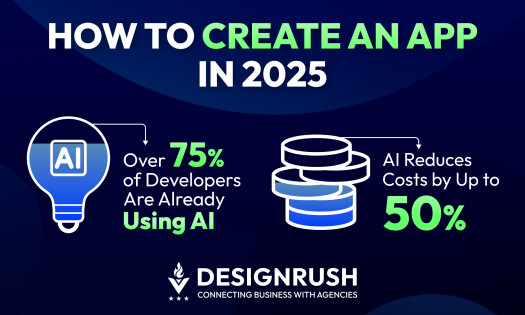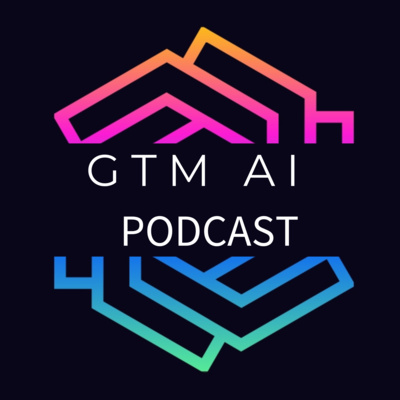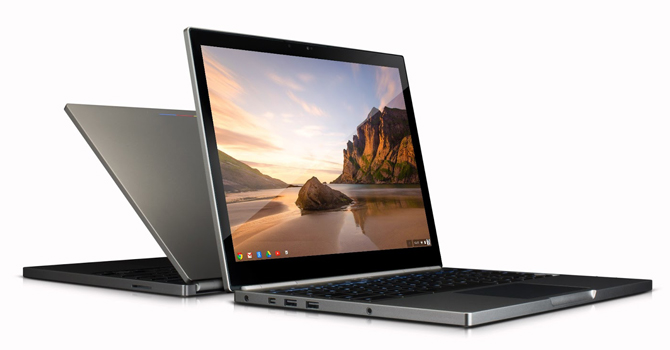**Anna’s Archive: The Contentious Scraping of Spotify’s Music Catalog**
Anna’s Archive, a platform that claims to be the largest open repository in history, has recently garnered attention by announcing that it has scraped an incredible 99.6% of all music found on Spotify. This extensive initiative has led to the download of nearly 300 terabytes of information, which the platform intends to offer for torrenting.
The site characterizes its actions as a “backup” of Spotify, highlighting its goal to safeguard humanity’s knowledge and culture across various forms of media, not limited to text. Historically, Anna’s Archive has concentrated on archiving books and documents but has now expanded into the domain of music preservation. The organization claims to have uncovered a technique to scrape Spotify on a large scale, enabling it to establish a significant music archive.
Although Anna’s Archive has managed to capture only about one-third of Spotify’s total 256 million tracks, it contends that the 86 million tracks it has preserved represent nearly all of the music that users actually engage with. The site utilized Spotify’s “popularity” metric to prioritize which tracks to scrape, concentrating on those with a popularity rating above zero.
In its evaluation of the data, Anna’s Archive has disclosed some fascinating insights. For example, it discovered that the three most popular songs on the platform have a total stream count that exceeds the combined streams of the least popular 100 million songs. The top three tracks include:
– **Billie Eilish** – “Birds of a Feather” with 3.137 billion streams
– **Lady Gaga and Bruno Mars** – “Die With A Smile” with 3.075 billion streams
– **Bad Bunny** – “DtMF” with 1.124 billion streams
In reaction to the scraping, Spotify has acted by disabling the accounts responsible for the data extraction. A spokesperson for the company indicated that they have put new measures in place to prevent such copyright breaches and are actively monitoring for any suspicious activities. Spotify remains dedicated to safeguarding the rights of creators and opposing piracy.
The actions of Anna’s Archive prompt crucial questions regarding copyright, data ownership, and the ethics of digital archiving. As the discussion progresses, the ramifications of such extensive data scraping on the music industry and the rights of artists are yet to be completely understood.




